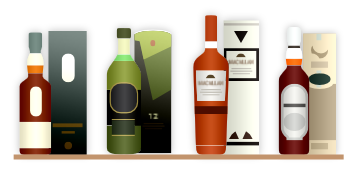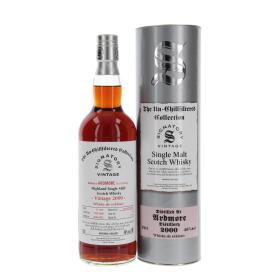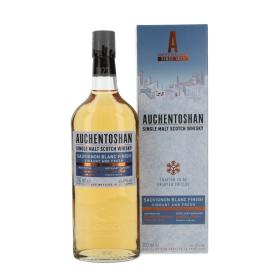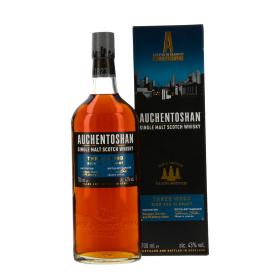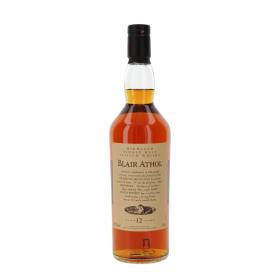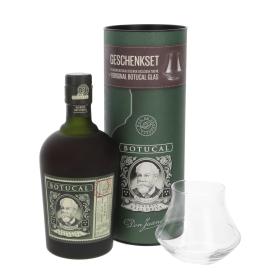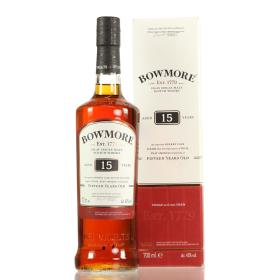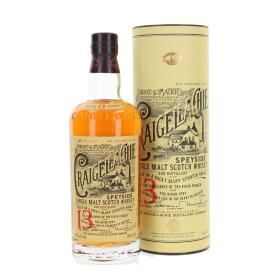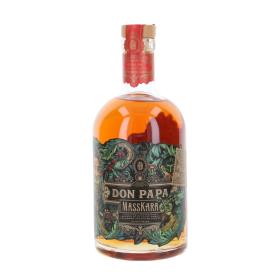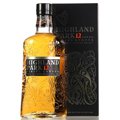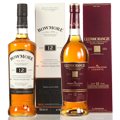The Whiskey Rebellion
Tea is inextricably linked with the American fight for independence, but Whiskey was the first touchstone for the strength of the new federal authority: What is known as the Whiskey Rebellion of 1794 started with some farmer’s refusal to pay taxes and ended up in the march of 13.000 militiamen.
The cause for the Whiskey Rebellion
When the new American nation was born in 1789 and 11 states had formed the United States it had to cope with financial problems because of the national debt resulting from the war. Alexander Hamilton, Secretary of the Treasury, proposed an excise tax “upon spirits distilled within the United States and for appropriating the same” in January 1791. The congress passed the legislation with the votes of the Federalists, despite there also was resistance of the Anti-Federalists as for example Thomas Jefferson.
For the big distilleries in the east these taxes didn’t mean a great problem. The taxes were based on the capacity of the stills, not on the quantity that was produced. So the 6 cent per gallon which distilleries with big stills had to pay were a bagatelle regarding to the 9 cent per gallon for the farmers with small stills, but also just a small amount of spirit. The big eastern distilleries didn’t have much cost in transporting and producing and could increase their production.
For the small farm distilleries situation was different: Distilling was not just a nice minor matter for the farmers: Because of the geographical situation, being separated from the east by the Allegheny Mountains, they had big problems to transport their grains to the market. It was a much more economical solution to distill the grain and sell it as Whiskey. The farmers in the western part of Pennsylvania regarded the regulation as being unjust and refused to pay the taxes.
Resistance and militia
The first meeting of farmers at Redstone Fort in July 1791 marked the beginning of an organized resistance. The farmers didn’t only refuse to pay the taxes they started to humiliate the collectors. And they went even further: They ambushed and mistreated them; tarring and feathering was a popular method. Resistance and riot lasted over the next years and all proclamations and other attempts of Washington and his government didn’t calm matters. In July 1794 open violence broke out when about 400 rebels gathered together near Pittsburgh and set the house of the regional tax collection supervisor on fire. The answer of George Washington was to call of militia of Pennsylvania, Maryland, New Jersey and Virginia. 13.000 men under the command of General Lee, Governor of Virginia, joined by Hamilton and Washington himself, went westwards.
When the militia reached Pittsburgh in November 1794 everything was over: the rebels had dispersed. About 150 men were arrested and interrogations started, but just 2 men were found guilty for treason. Even they were pardoned by Washington later on.
The consequent and powerful demonstration of federal strength by sending out militia, nearly numerous as the army had been in the War of Independence, had taken effect. Nipped in the bud – the Whiskey Rebellion was over.
By the way: The Whiskey tax was repealed in 1802 by President Thomas Jefferson

